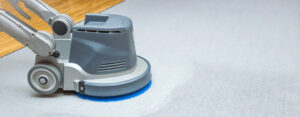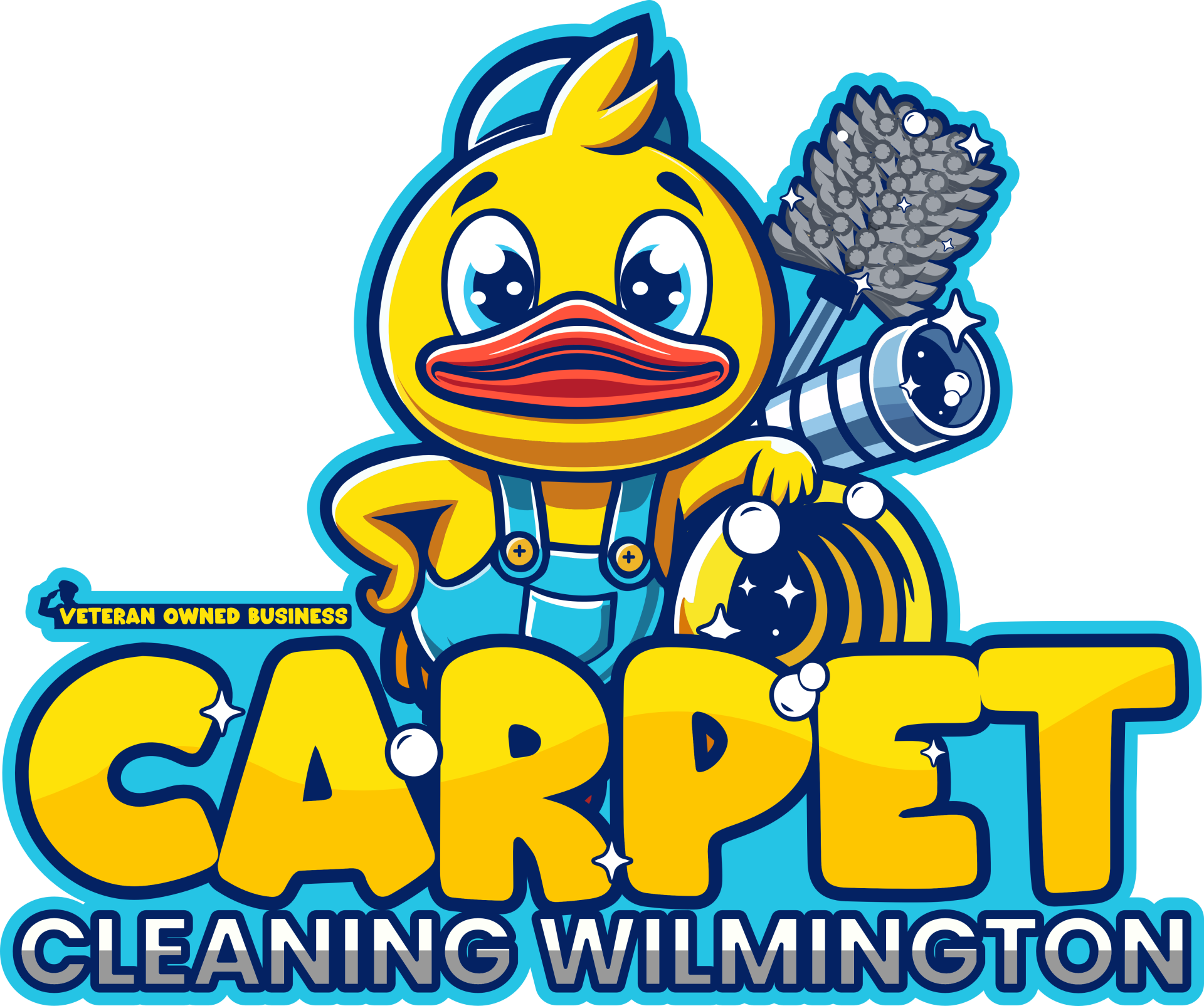Most facilities run best on a daily vacuuming routine, interim low-moisture maintenance every 1–8 weeks in high-use zones, and restorative hot-water extraction every 3–12 months based on traffic and image standards. The exact cadence changes by space type—lobbies, corridors, open office, retail aisles—and by Wilmington realities like coastal grit and event foot traffic. At Carpet Cleaning Wilmington, we design a schedule that fits your hours, not ours, so you keep teams productive while floors stay camera-ready. Industry guidance supports traffic-based programs that combine routine vacuuming, interim maintenance, and periodic restorative extraction to control appearance and lifecycle cost.
The Traffic-Based Cadence You Can Start Today
A simple framework keeps budgets predictable and downtime near zero. Think in three layers: daily soil removal, interim “appearance holds,” and restorative resets. Map your floor into zones—entrances, main corridors, work areas, and low-use rooms—then assign a cadence to each. If two or more risk factors apply (open doors to the street, food service, sandy entries), tighten one level.
Use this quick schedule as your baseline, then adjust after a month of observation. We’ll validate on site, document exceptions, and note wet-weather or event spikes so the plan holds through real life. The goal is even appearance with no rush jobs before VIP walk-throughs.
| Zone (Commercial) | Vacuuming | Interim (Encap/Low-Moisture) | Restorative (Hot-Water Extraction) |
| Exterior entries & walk-off mats | Daily (1–2×) | Every 2–4 weeks | Every 1–3 months |
| Lobbies & main corridors | Daily | Every 4–8 weeks | Every 3–6 months |
| Open office & cubicles | 3–5×/week | Every 2–3 months | Every 6–12 months |
| Conference rooms | 2–3×/week | Quarterly | Every 6–12 months |
| Retail aisles & showrooms | Daily | Every 2–8 weeks | Every 3–6 months |
| Healthcare waiting areas | Daily | Monthly | Every 3–6 months |
| Back offices/low-use rooms | 1–2×/week | Semiannual | Annual |
By Business Type: Tune the Cadence to Your Facility
Different industries load soil differently. Offices fight chair-wheel dust and coffee drips, retail brings in outdoor grit, and hospitality cares about consistent color under bright lighting. Your maintenance plan should reflect those realities. Start with the chart below, then add “plus one” for seasonal peaks or event weeks.
Before you lock it in, walk your space at opening and closing for a week. You’ll see which paths gray out first, where mats fill quickly, and which rooms stay stable. Those patterns dictate where interim maintenance earns its keep and where a longer restorative interval is safe.
| Facility Type | Daily/Weekly Vacuuming | Interim (Appearance) | Restorative (Reset) |
| Corporate offices | Daily in corridors; 2–3×/week suites | Every 1–3 months | Every 6–12 months |
| Retail & showrooms | Daily | Every 2–8 weeks | Every 3–6 months |
| Restaurants (front-of-house) | Daily | Every 2–6 weeks | Every 2–4 months |
| Clinics & medical offices (public areas) | Daily | Monthly | Every 3–6 months |
| Education (halls/classrooms) | Daily in term | Every 1–3 months | Every 4–6 months |
| Hospitality (lobbies/corridors) | Daily | Monthly | Every 3–6 months |
Interim vs Restorative: Why Both Matter
Interim cleaning is your appearance control—fast, low-moisture, and scheduled to intercept soil before it bonds. It keeps color and texture consistent in the zones your customers see, with dry times measured in hours. Restorative extraction is the reset that removes residues and deep soils so interim passes keep working. When these two are balanced, your carpet resists re-soiling and your budgets stop spiking.
Here’s how we position each method for Wilmington facilities. Interim low-moisture fits nights and early mornings with minimal disruption, especially in retail clusters and long corridors. Restorative hot-water extraction lands on a predictable quarterly or semiannual clock, often staged in phases so departments remain open. We document methods and intervals so vendors and stakeholders stay aligned.
- Interim = appearance hold between deep cleans; perfect for lobbies, corridors, and retail aisles.
- Restorative = full flush and neutral rinse; resets fibers and extends carpet life.
- Right ratio = fewer emergencies, steadier invoices, and consistent first-impression scores.
Wilmington Variables That Shift Your Schedule
Local context matters. Beach traffic tracks in fine sand that behaves like sandpaper, and downtown doors near the Riverwalk can run open during events. Humid stretches slow drying unless HVAC fans and dehumidification are part of the plan. Building materials and tenant mix play a role too—glass lobbies show soil contrast, and food-adjacent tenants need tighter cadences.
Look at your entrances first, then follow the path customers take. If you see mats loading by midday or lanes dulling by week’s end, you’ve found the zones to tighten. If interior rooms remain stable between visits, those are safe to stretch. We’ll calibrate each space to spend where it moves the needle.
- UNCW/Mayfaire retail and dining: weekend surges and sandy entries call for 2–8 week interim cycles and quarterly restorative.
- Downtown offices and Riverwalk retail: plan night work with HVAC “Fan On” to keep mornings punctual and appearance even.
- Hospitality near Wrightsville Beach: monthly interim in corridors, quarterly restorative in lobbies ahead of peak weekends.
- Clinics and medical offices: monthly interim in public areas; treatment rooms follow compliance and traffic patterns.
How We Build Your Maintenance Plan (And Keep You Open)
A good plan starts with your hours and ends with a clean opening. We schedule after-hours, early-morning, and weekend windows, then route crews in zones so egress stays clear and managers keep control. Our process includes pre-inspection, targeted pre-treatments, high-CFM extraction, and a balanced rinse to avoid sticky residues that re-soil. We stage air movers where pile is dense so dry times are predictable.
Before we touch a machine, we agree on the playbook: who vacuums daily (your porter or ours), how interim ties into janitorial routines, and when restorative resets occur. That clarity prevents double work and keeps costs honest. We leave a one-page schedule with contacts, methods, and next dates, and we update it each quarter.
- Site walk and soil map with your team; note high-visibility zones.
- Choose windows (night, early morning, weekend) and set zone rotations.
- Assign interim vs restorative by need, not habit; document intervals.
- Protect corners and transitions; route hoses to keep aisles clear.
- Post-clean airflow plan: HVAC fan on, directed air movers, and reopening times.

Signs You Need to Tighten the Cadence
Your carpet will tell on itself if the schedule is too loose. Watch for lanes that gray out quickly, sticky feel underfoot, or recurring spots after a day or two—each points to soil load or residue outpacing maintenance. Entrances that look tired midweek and corridors that lose texture under bright lights are also signals. When two or more show up together, it’s time to bring interim forward or pull the restorative reset sooner.
If you’re unsure, we’ll walk the space with you and grade zones A/B/C. A zones get quicker interims, B zones hold their current rhythm, and C zones stretch safely. This avoids blanket over-cleaning and focuses budget where appearance matters most.
- Rapid re-soiling: lanes dull within days of service.
- Wicking or recurring spots: moisture and residues need a reset.
- Loss of texture: pile crushed in corridors or under rolling chairs.
- Mats overloading: walk-off mats fill by midday—tighten the front-end cadence.
Prepare Your Team for Efficient Night Work
Small steps protect time on site and keep reopenings on schedule. Clear access at loading and elevators, confirm alarm codes, and stage a parking spot that shortens hose runs. Share any restricted zones or sensitive areas, and we’ll route around them. If you have a janitorial vendor, we’ll sync who handles vacuuming so you’re not paying twice for the same task.
Set expectations with staff the day before. Mark cones and signs for active zones, and switch HVAC fans to On during and after service to move moisture out. We leave a brief close-out note with zones completed, methods used, and time stamps, so supervisors start the day with context, not surprises.
- Reserve dock/elevator time and confirm escorts if needed.
- Flag spill-prone areas and entries; we’ll add extra walk-off maintenance.
- Keep ceiling fans running overnight where installed; it evens drying across long corridors.
Ready to Put Your Carpets on Autopilot?
We’re locally owned and veteran operated, serving Wilmington, Wrightsville Beach, Carolina Beach, Leland, Hampstead, Castle Hayne, and Rocky Point. We hold blocks for night, early-morning, and weekend work and manage zone rotations that keep departments open. Call 910-839-7403 or request a proposal, and we’ll deliver a traffic-based schedule that protects appearance, lowers total cost, and keeps operations running.


0 Comments